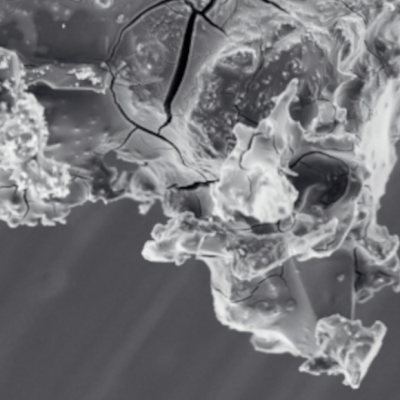A Bachelor’s student of physics has solved a 100-year-old mystery surrounding air bubbles that appear motionless in a narrow glass tube and do not rise to the surface. In larger vessels such as mineral water bottles, air bubbles are visible to the naked eye as they quickly rise to the surface. However, in tubes that are only a few millimeters thick, air bubbles appear to remain motionless in the same position. This phenomenon has puzzled physicists such as Francis Bretherton for about a century. Previous research focused on the shape of the bubble or the ultra-thin layer of liquid between the bubble and the glass wall of the tube. However, no proof for either theory was found until now.
According to an article published in the Physical Review Fluids, Wassim Dhaouadi, a Bachelor’s student of physics at the École polytechnique fédérale de Lausanne (EPFL), has found an explanation for the phenomenon. Dhaouadi used new measurement methods to measure the ultra-thin liquid film between the air bubble and the glass wall of the tube and documented its properties in detail. He found that the air bubble was not motionless but rose so slowly that it was not visible to the naked eye. The thickness of the liquid film was measured using an interferometric method, which involves sending light onto the air bubble. By analyzing the interference of the reflections of the light from the bubble surface and the inner surface of the glass tube, the thickness of the liquid film could be determined.
This breakthrough in physics provides fundamental knowledge for further research on fluids in biological systems, among other things. Dhaouadi’s findings have solved a century-old mystery and have opened up new avenues for research in the field of physics.










